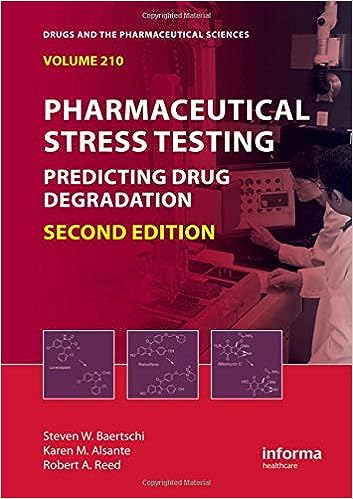Yes, stability testing requirements can vary between generic and innovator (brand-name) products. While the fundamental principles of stability testing apply to both types of products, there are some differences due to factors such as regulatory expectations, product development, and the availability of reference products. Here’s an explanation of the key differences in stability testing requirements for generic and innovator products:
Stability Testing Requirements: Generic vs. Innovator Products
Stability testing is a critical aspect of pharmaceutical product development and regulatory approval, ensuring product quality and safety over time. However, there are differences in stability testing requirements between generic and innovator (brand-name) products due
Reference Product Availability
1. Innovator Products: Stability testing for innovator products often benefits from stability data available for the reference product,
which can guide testing parameters and expectations.2. Generic Products: Generic products may not have access to reference product stability data, necessitating the establishment of stability testing parameters independently.
Comparative Testing
1. Innovator Products: Stability testing of innovator products may involve comparative studies with the reference product to demonstrate bioequivalence and support regulatory submissions.
2. Generic Products: Stability testing of generic products focuses on demonstrating comparable stability profiles to the reference product, but additional comparative studies may be required.
Regulatory Requirements
1. Innovator Products: Regulatory agencies often have established stability testing requirements for innovator products, which can guide study design and acceptance criteria.
2. Generic Products: Generic products must adhere to regulatory guidelines specific to their region and demonstrate similarity in stability characteristics to the reference product.
Development Pathways
1. Innovator Products: Innovator products typically undergo extensive stability testing during the original product development process to support initial regulatory approval.
2. Generic Products: Generic products may rely on bridging stability data from the reference product and may need to demonstrate equivalency in stability profiles.
Variability Considerations
1. Innovator Products: Stability testing for innovator products may account for natural batch-to-batch variability during the development process.
2. Generic Products: Generic products must demonstrate that they can maintain consistent quality and stability compared to the reference product and across different batches.
Conclusion
While the underlying principles of stability testing apply to both generic and innovator products, there are differences in testing requirements due to factors such as reference product availability, regulatory expectations, and development pathways. Both types of products must demonstrate that they can maintain quality and stability over their intended shelf life, whether through independent testing or comparative analysis with the reference product.
